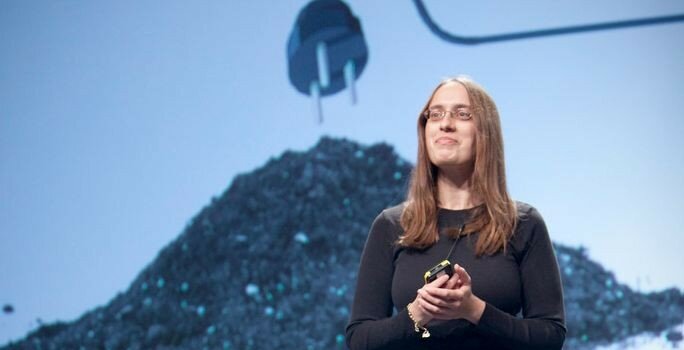What many in developing nations need isn’t the ability to keep the lights on 24/7. For most, just having enough power to recharge a cell phone would be life-changing. That’s why Harvard Ph.D student Aviva Presser Aiden decided to look for a much smaller solution. One that’s as simple as a pile of dirt, actually.
A few years ago, the former engineer was working in Africa, looking to get more electric light into remote parts of the continent. While others focused on harnessing solar power, Aiden and her colleagues were more interested in the dirt beneath their feet. Previous research has revealed that soil microbes can be a natural source of energy. Certain naturally occurring soil microbes produce free electrons during the course of their ordinary metabolic processes. A Microbial Fuel Cell (MFC) uses a conductive surface to harvest these electrons and use them as a power source.
In 2011, Aiden’s idea for an MFC-based cell phone charger caught the attention of the Bill & Melinda Gates Foundation. The Foundation gave Aiden and her Harvard team $100,000 to turn the concept into a reality.
If you’re wondering how in the heck you convince soil-dwelling microbes to charge your phone, this explanation from PS Mag will help: “First you need some kind of jar, with a piece of graphite or some other non-corrosive metal, at the bottom. Then put in dirt with very little oxygen, and another piece of graphite. Soil microbes are constantly making electrons, but if there’s oxygen about they’ll put the electrons into the oxygen. If there isn’t any oxygen, they’ll dump the electrons on pieces of metal—i.e. the graphite.”
Unlike solar panels, MFCs do not require any sophisticated materials: they can be easily assembled in only a few minutes. If Aiden’s concept is successful, Africans may soon be able to assemble their own chargers almost entirely from scratch, and at minimal cost that will be recouped with the very first recharge.
Aiden plans to return to Uganda this month with a collection of dirt-power kits for real world testing.
(via Revmodo)


This comment has been removed by the author.
ReplyDelete